
 A Minnesota PBS Initiative
A Minnesota PBS Initiative
I am Xai Phia Yang. Around 1970 or 71, the elders told me that if I could touch my ear with the opposite arm I would be able to go to school. 1971 was the year I first attended school. So I went to grade 1. I didn’t know what it meant to go to school. You arrive, sit in a room, and someone teaches but you don’t yet comprehend what is being taught. Afterwards, I practiced enough to understand. I knew how to read. After 2 years I advanced to grad 2. After another year, in 1973-1974, I advanced to grade 3.
We ran for 7 days. Of course, that memory is not very clear. When we reached the river bank and were about to cross, it was such a sorrowful moment. Then we arrived in the refugee camp.
I was just about to test into grade 4 when the country fell. At that point in my life, I never imagined what was going to happen.
Trying to escape a war torn country was a terrifying thing. We were starving and frightened. Afraid of being chased, of mines and bombs in our path, and of being ambushed. These three things terrified us. We ran for 7 days. Of course, that memory is not very clear. When we reached the river bank and were about to cross, it was such a sorrowful moment. Then we arrived in the refugee camp. The moment I arrived, I started going to school.

At that time, if you had money, you could sit in the classroom. When you didn’t have money, you had to sit outside the building and just listen. That was how I learned throughout my life. When my older brother received a recommendation to work at the hospital, he then recommended my cousin, who then recommended me, which allowed me to study and become a nurse too. At that time, learning was still difficult. They taught us well, the Americans, but it was hard to grasp the meaning of things. It was hard to understand but we persevered and tested out. Afterwards, we were able to work. The first cohorts were able to go help the Thai people (outside the camp). I wanted to go as well, but couldn’t, because I didn’t have the papers. My very first job was as a nurse. Afterwards, I changed departments to be a public health worker to ensure the welfare of residents in the Ban Vinai refugee camp. Then, when my older brother and those before me went to America, those of us who were still in the camps were able to gradually fill the vacant positions. So, I was able to be a nurse, medic, and coordinator for the camp. Then he camp closed in 1992. After the closing, we went to Phanat Nikhon camp. In Phanat Nikhon, I registered and interviewed to immigrate to America. This way, I could bring my family to this country, to find success and knowledge in order for my children to learn and grow, so that my children can see more of the world and the goodness in this world. That isn’t to say there weren’t good things in Laos, but there were few opportunities for education. Without money, you couldn’t go far in education. Our livelihood was through farming and it was just enough to eat to survive. We couldn’t go very far with our studies.
Arriving in this country, we have to try harder, my children have the chance to be successful, they need to follow and achieve their dreams. That’s the most important. That is all.
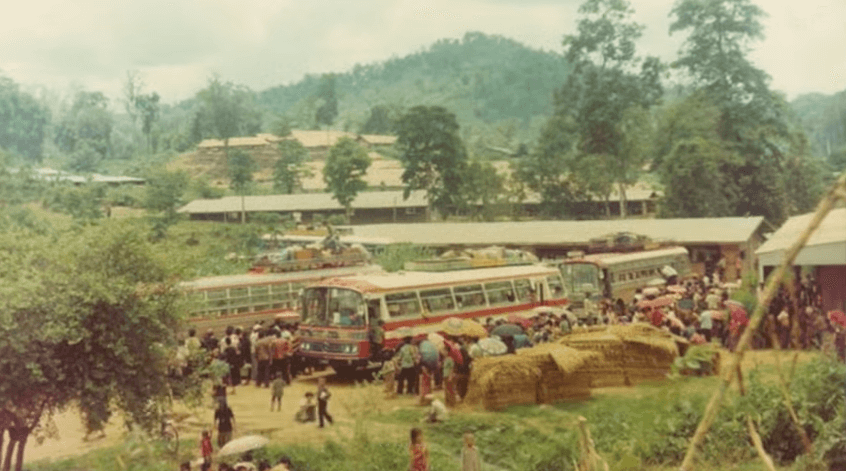
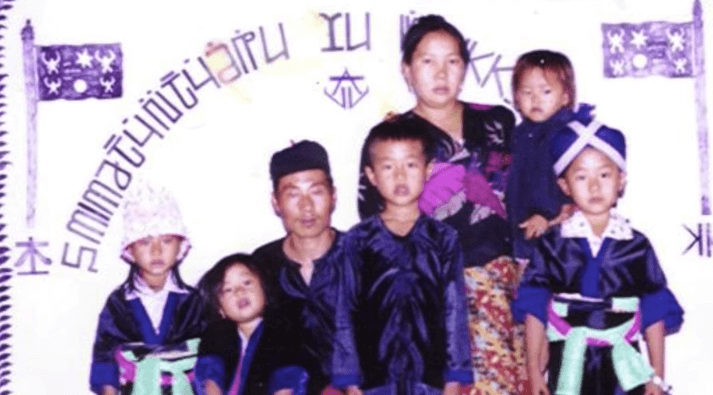
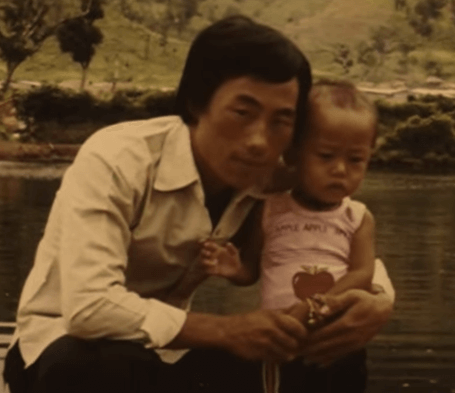
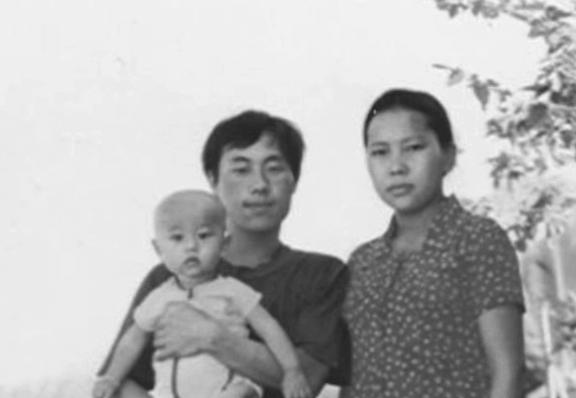
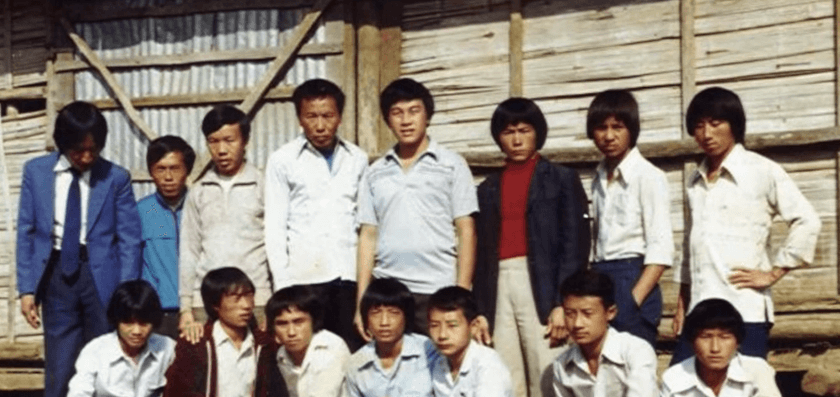
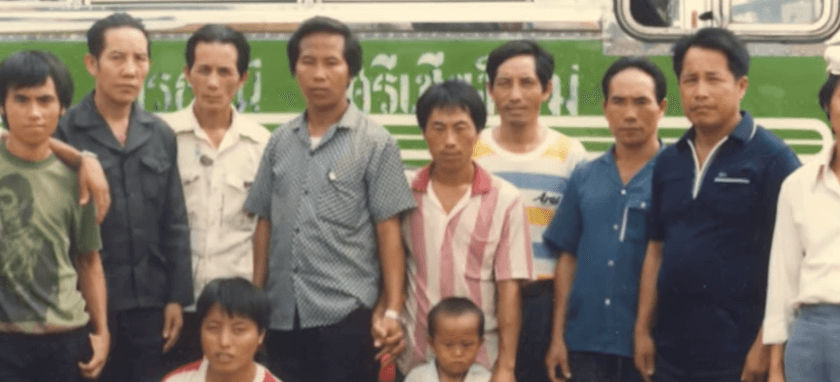
Kuv yog, Xaiv Phiab Yaj. Nyob nyob txog xyoo ib txhiab cuaj pua xyacaum ib khias ces, thaum ntawm cov laus hais tias, yog koj tuav tau lub pob ntseg, koj cev koj sab tes no khawm tau koj lub pob ntseg tom no, no ces, lawv thiab pub koj mus kawm ntawv. Lawv hais li ntawd. Ces, xyoo xyacaum ib khias yog xyoo kuv mus kawm ntawv. Yog mus kawm pausneeb. Yus yeej tsis paub hais tias xyov mus kawm ntawv es mus txog tod yuav ua lis cas. Mus txog tod ces mus zauv ces luag qhias luag ntawv tabsi yus yeej tsis paub hais tias yog dabtsi lis. Dhaus qhov ntawm los mus ces thiab li mas xyaum xyaum tau. Tsuas paub hais tias nyeem ntawv xwb. Nyeem tau, tau ob xyoo ces thiab li mus rau paus soom, yog hoob thib ob. Dhaus xyoo thib peb ces thiaj li txog xyoo xyacaumpeb es yuav cob xyacaum plaub ntawm, kuv mam mus nyob rau hauv hoob peb. Yuav hluag xeem tau mus rau hoov plaub ces teb chaws tawg lawm. Lub neej thaum ntawm yeej tsis tau nrav hais tias, yuav ua li cas thiaj yuav zoo. Txoj kev khias tsov khias rog zauv no yog ib qho txaus ntshais heev thiab, ua lis cov laus hais, yeej yoo tshaib zias, thiab ntshais khaws nkaus. Qhov ntshais yog ib qho hais tias tsa luag ncaus qab. Qhov thib ob yog lawv caws mostxwv los yog caws mees rau hauv kev. Thim peb ces yog luag tos tom kev. Mas, peb yam no txaus ntshais kawg nkaus li. Peb los mus tau xya hnub nawb. Tias sim thaum ntawm mas xyov nco tsis meej lawm thiab. Los txog rau nram ntug dej lawm, es yuav hla dej mas, yog ib qhos tus siab heev thiab. Ces, mas los nyob rau hauv yeej thoj nam. kuv tus kheej ces thaum los txog kiag rau hauv ces kus los nrog lawv kawv ntawm. Ua ntej ntawm yog thaum koj muaj nyiaj ces koj tau mus zauv hau chav. Tiamsim lub caijnyoog koj tsis muaj nyiaj ces koj zauv sab nraus phob ntsa sab nraud mloog lawv qhiav xwb. Kuv txoj kev kawv yog ib qhov zoo li ntawm. Kuv lub neej ces kev kawm ces zoo li ntawm. Ces Hlob Neej mus sau npe ua nai maum nyob rau tom hau maum. Ces Hlob Neej xub mus tau ces Hlob Neej muab Hlob Neej lub npe rau Txiv Nkaj Huas ces Txiv Nkaj Huas muab Txiv Nkaj Huas lub npe rau kuv ces kuv hom mus kawm ua ib tug nai maum thiab. Thaum los txog zoo li ntawm. Ces lub caij peb kawv ntawv ntawm yeej tsis tau paub ib qho hais tias yog dabtsi li naws. Luag tus neeg meskas tuaj qhias mas, luag yeej qhias zoo khawg nkaus rau yus tiamsi yus muab tsis tau luag lo lus coj los txhais kom meej meej thiab yus tsis pau li ces zoo li yus muab tsis raug. Ces peb kawv tag qhov ntawm los mus xeem dhaus, dhaus ntawm ces thiab mas li los mus ua hauj lwm. Lawv muaj, thawj thawj xuv lawv mus kawm rau tom thaib. kuv xav nrog lawv mus tiamsib tsis muaj npe. Thawj Thawj txoj hauj lwm ces kuv los mus ua tus Nurse. Dhaus ntawm qhov ntawd ces mam li txav mus rau cov anamai ua mus ncig rau lub Yeej Thooj Nam ntawd, yog mus saib xyua txoj kev noj qab haus huv. Dhaus ntawm qhov ntawd los mus ces, lawv cov uas ua tij ntawm ua ntej tuaj mus rau tebchaws melikas tag lawm, peb cov nyob ces thiab tau los mus tuav lawv txoj hauj lwm zuj zus, ua yog uas tus nurse tag, los mus ua tus medic tag, mam los uas tus coordinator saib xyua lub anamai los kawg rau xyoo ib txhias cuajpuas cuajcaus ob los yuav luag cos cuajcaum peb ntawm. Lawv kaws yeej thoj nam. Ces peb thiab li tau tuaj mus rau phanat. Thaum peb tuaj txog rau phanat lawm, thiab tuaj mus uas npe thiab xamphaj xamluaj coj tau tej me tub me nyuam tuaj rau lub teb chaws no. Yog coj tuaj nhriav txoj kev vam meej thiab txoj kev kawm txuj cim, kom tej me nyuam nrog luag txawj thiab luag paub. Kom pom lub ntiaj teb no dav zog thiab pob lub ntiaj teb no txoj kev zoo. Nyob rau lub ntuj qub qab mas txoj kev zoo yeej muaj thiab tiam si txoj kev kawm tshaws heev. Yus tsis muaj nyiaj, yus kawv tsis mus deb. Yus khwv tom thaj teb los ces tsuas txaus noj txaus haus xwb. Yus tsis muaj ces yus kawv mus tsis tau rau qhov siab. Yog tau tuaj txog lub teb chaws no lawm, nej yuav tau sib zog, tau kawv mus txog li qhov qhias qhias rau nej thiab kom pom txoj kev npau suav. Qhov ntawm yog qhov tseem cees nawb. Qhias li no rau nej xwb.
Story Subject: Refugee
Affiliate Organization: Immigrant Stories

Immigrant Stories invites immigrants, refugees, and their families to create digital stories about their experiences. Each story is preserved in the Immigration History Research Center & Archives at the University of Minnesota, where they have collected materials related to immigration in the U.S. since 1965.
Story Themes: Education, Escape, Family, Hmong, Immigrant Stories, Immigration, Phanat Nikhon, Refugee Camp, Secret War